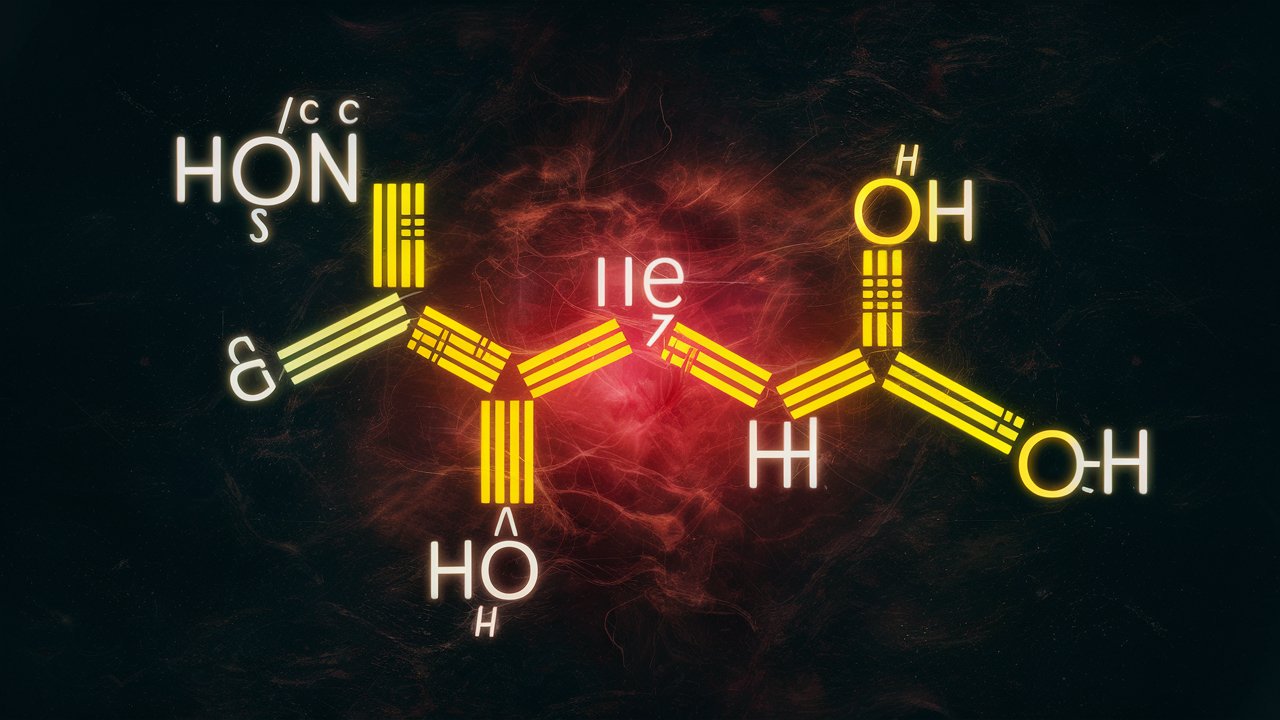
Alpha-Mannosidosis is a rare genetic disorder that affects the body's ability to break down certain complex sugars. This condition is caused by mutations in the MAN2B1 gene, leading to a deficiency of the enzyme alpha-mannosidase. Symptoms can vary widely but often include developmental delays, skeletal abnormalities, and immune system issues. Early diagnosis and treatment are crucial for managing the disease effectively. Treatment options may include enzyme replacement therapy, bone marrow transplants, and supportive care to address specific symptoms. Understanding this condition can help families and healthcare providers better navigate the challenges it presents.
What is Alpha-Mannosidosis?
Alpha-Mannosidosis is a rare genetic disorder affecting the body's ability to break down certain complex sugars. This condition can lead to a variety of symptoms, impacting physical and mental development. Here are some intriguing facts about this condition:
-
Alpha-Mannosidosis is caused by mutations in the MAN2B1 gene, which provides instructions for making an enzyme called alpha-mannosidase.
-
The disorder is inherited in an autosomal recessive pattern, meaning both copies of the gene in each cell have mutations.
-
Symptoms can vary widely, even among affected members of the same family.
Symptoms and Diagnosis
Understanding the symptoms and how Alpha-Mannosidosis is diagnosed can help in early detection and management.
-
Common symptoms include intellectual disability, hearing loss, and skeletal abnormalities.
-
Many individuals with Alpha-Mannosidosis have distinctive facial features, such as a prominent forehead and flattened nasal bridge.
-
Diagnosis often involves enzyme assays to measure alpha-mannosidase activity in blood or skin cells.
-
Genetic testing can confirm the diagnosis by identifying mutations in the MAN2B1 gene.
Treatment Options
While there is no cure for Alpha-Mannosidosis, several treatments can help manage symptoms and improve quality of life.
-
Enzyme replacement therapy (ERT) is one treatment option, aiming to replace the missing or deficient enzyme.
-
Hematopoietic stem cell transplantation (HSCT) has shown promise in treating some symptoms, particularly in younger patients.
-
Physical therapy can help manage skeletal abnormalities and improve mobility.
-
Hearing aids or cochlear implants may be necessary for those with significant hearing loss.
Impact on Daily Life
Living with Alpha-Mannosidosis presents unique challenges, but understanding these can help in providing better support.
-
Many individuals require special education services due to intellectual disabilities.
-
Frequent medical appointments are common to monitor and manage various symptoms.
-
Social support from family and community can significantly improve the quality of life for those affected.
-
Adaptive devices and technologies can assist with daily activities and enhance independence.
Research and Future Directions
Ongoing research aims to better understand Alpha-Mannosidosis and develop more effective treatments.
-
Gene therapy is being explored as a potential treatment, aiming to correct the underlying genetic defect.
-
Clinical trials are ongoing to test new drugs and therapies that could improve symptoms or slow disease progression.
-
Patient registries and natural history studies help researchers gather valuable data on the condition.
-
Collaboration between researchers, healthcare providers, and patient advocacy groups is crucial for advancing knowledge and treatment options.
Support and Resources
Various organizations and resources are available to support individuals and families affected by Alpha-Mannosidosis.
-
The International Society for Mannosidosis & Related Diseases (ISMRD) provides information and support for patients and families.
-
Genetic counseling can help families understand the risks and implications of the disorder.
-
Support groups offer a platform for sharing experiences and advice.
-
Educational resources can help raise awareness and understanding of Alpha-Mannosidosis.
Interesting Facts
Here are some additional fascinating facts about Alpha-Mannosidosis that you might not know.
-
The condition was first described in the medical literature in the 1960s.
-
Alpha-Mannosidosis is estimated to affect 1 in 500,000 to 1 in 1,000,000 people worldwide.
Final Thoughts on Alpha-Mannosidosis
Alpha-Mannosidosis is a rare genetic disorder that affects the body's ability to break down certain sugars. This condition can lead to a range of symptoms, including intellectual disability, skeletal abnormalities, and immune system issues. Early diagnosis and treatment are crucial for managing the symptoms and improving the quality of life for those affected. While there is no cure, therapies like enzyme replacement and bone marrow transplants offer hope. Raising awareness and supporting research can make a significant difference in the lives of patients and their families. Understanding the facts about Alpha-Mannosidosis helps in recognizing the importance of early intervention and ongoing care. By staying informed, we can contribute to a better future for those living with this challenging condition.
Was this page helpful?
Our commitment to delivering trustworthy and engaging content is at the heart of what we do. Each fact on our site is contributed by real users like you, bringing a wealth of diverse insights and information. To ensure the highest standards of accuracy and reliability, our dedicated editors meticulously review each submission. This process guarantees that the facts we share are not only fascinating but also credible. Trust in our commitment to quality and authenticity as you explore and learn with us.


